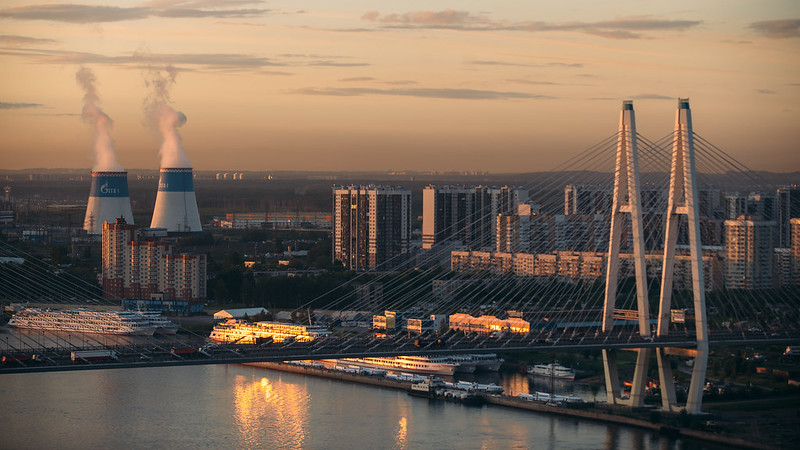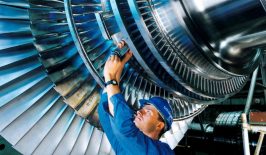When it was first developed in the 1990s, carbon capture technology was received with both optimism and scepticism – often in equal measure.
For the optimists, it presented an opportunity to essentially mimic the natural actions of trees to filter CO2 from the environment. Critics, however, commented on the large expense and relative inefficiency of the whole process – all that money and effort didn’t warrant the small effect it would have on global CO2 levels.
However, a Canadian company, Carbon Engineering, has recently released a peer-reviewed article which outlines new plans that could drastically cut the cost of carbon capturing. What’s more, the carbon they do remove from the environment can then be refined into synthetic plastics and oils.
Ever since 2015, Carbon Engineering, which includes Microsoft founder Bill Gates among its investors and supporters, has been operating a small pilot operation which they claim is taking big steps forward in carbon capture technology. Whereas previous efforts had been estimated to cost around 600 USD per ton of carbon captured, Carbon Engineering suggests its technology can slash that figure to only 100 USD – making the process much more feasible.
Air Goes In – Fuel Comes Out
Carbon Engineering’s process works by sucking air into large cooling towers featuring modified fans. Meanwhile, clean solar energy is used to electrolyse water and generate hydrogen. The extracted CO2 is then thermo-catalytically reacted with the hydrogen to produce hydrocarbons which can be synthesised into a variety of carbon neutral fuels.
Elsewhere, similar technology has been used to capture carbon to be used as fertiliser for the agricultural sector.
Previous efforts to develop such technology had often been described as practical on paper, but not in practice. Carbon Engineering, however, has spent roughly 100-person years into transitioning the technology into workable prototypes.
Currently, their relatively small scale experiments can produce around one barrel of synthesised oil per day, although ultimately Carbon Engineering’s founder, Harvard professor David Keith, sees a full-scale plant as possibly producing up to 2,000 barrels a day.
For Professor Keith, the largest obstacles are now in the political realm, not the technological. For his process to become a large scale reality, he believes carbon capture technology should be subject to the same support and subsidies received by other carbon neutral ventures. Indeed, his process has advantages over some biofuels in that it uses less land and less water.
Ultimately, however, to achieve the long term goals regarding climate change and CO2 levels, lawmakers and regulators will have to be encouraged and incentivised to reduce their carbon emissions – often more difficult and complex task than overcoming any technological challenges.






